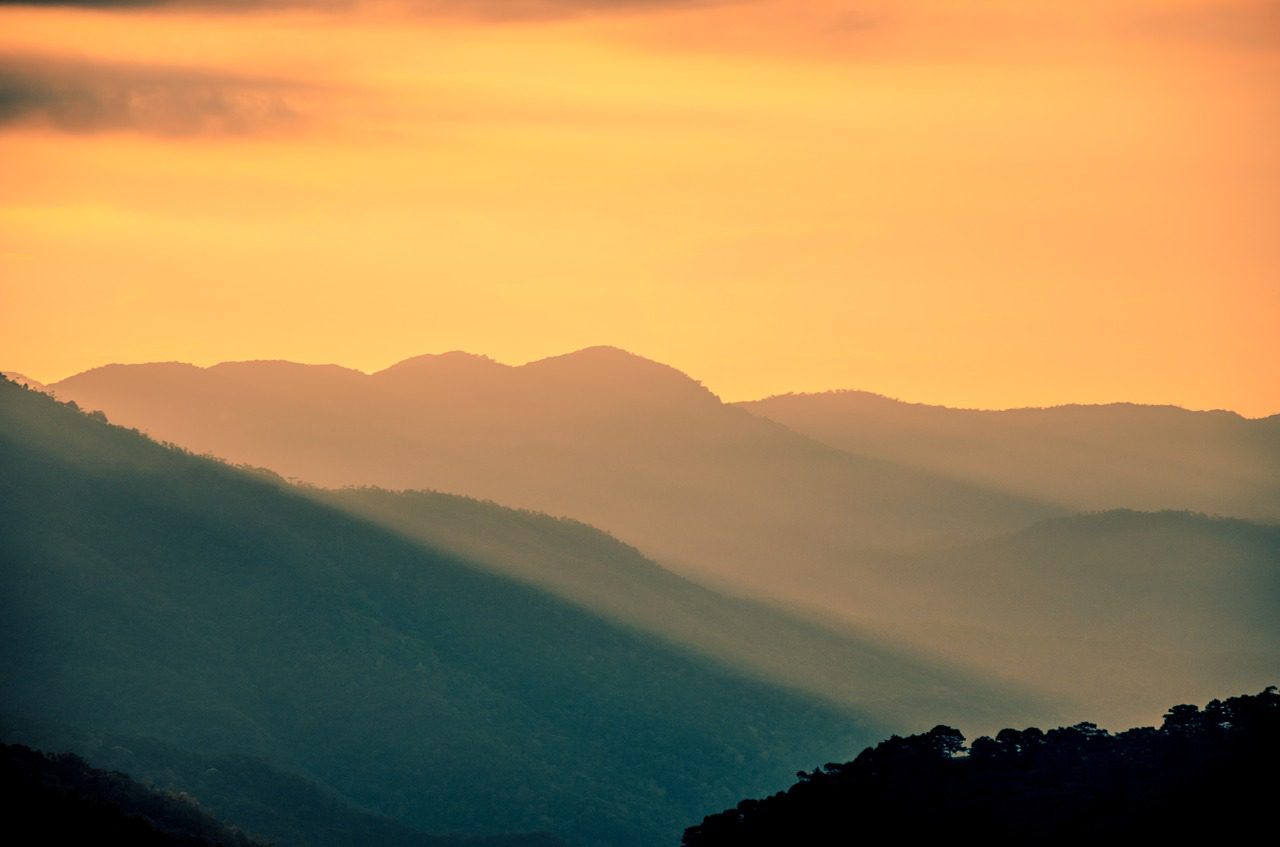Drought factored heavily in the 2021 water year report published by Nevada Division of Water Resources.
published by Nevada Division of Water Resources.
Key points identified in the report include:
include:
- Drought began developing across Nevada during 2020. By the start of the 2021 water year (October 1, 2020) more than 95% of the state was in drought, and over half of the state was in D3 Extreme or D4 Exceptional Drought.
- Drought worsened through summer of 2021. In late July, more than three-quarters of the state was in D3 Extreme or D4 Exceptional Drought.
- Drought was widespread across the western US, with almost all areas west of the Rockies in drought this summer.
- Over the course of the water year, most of Nevada was both warmer and drier than normal. Spring and autumn were particularly dry.
- The already low Sierra snowpack melted rapidly during April and May, due to clear, sunny, warm weather.
- Rains during the summer reduced drought severity in southern and eastern Nevada and caused localized flooding but did not fully resolve drought.
- Low water levels in Lake Mead instigated a Tier 1 shortage declaration, reducing Colorado River water deliveries to Nevada by 7%.
- Lahontan and Rye Patch Reservoirs dropped to less than 5% of capacity.
- By the end of the water year, the US Department of Agriculture reported that 75% of Nevada pasture and range were in poor or very poor condition.
- Drought triggered restrictions on fire use and recreational activities.
- It is likely that drought contributed to wildfires in the Sierra Nevada and subsequent poor air quality in Nevada. It is possible that drought reduced vegetation growth in Nevada was enough to reduce fire risk in lower elevations.
- Anecdotal reports of increased stock water hauling, feed purchases, hay prices and livestock sales suggest that the drought has impacted agriculture.
- Northern Nevada has had a wet start to the 2022 water year, but southern Nevada has not.
- La Niña conditions have developed for a second winter in a row. During La Niña winters, southern Nevada is typically drier than normal, but there is little relationship between La Niña and precipitation in northern Nevada or flow into Lake Mead.
Looking Forward.
According to the US Drought Monitor , the next three months’ forecasts show drought persisting across Nevada despite above-average precipitation delivered by December storms.
, the next three months’ forecasts show drought persisting across Nevada despite above-average precipitation delivered by December storms.
Following a federal declaration of water shortage at Lake Mead, the State will lose about 7% of its allocation of Colorado River water this year, which equates to about 21,000 acre-feet.
Given climate change, record-breaking heat and persistent drought, The Guardian newspaper wonders how Las Vegas can deal with ongoing conditions, particularly given its growth. “Las Vegas is growing at a staggering rate. Clark County, where the city is located, is home to roughly 2.3 million people, but forecasts predict the population could go beyond 4 million by 2055.”
newspaper wonders how Las Vegas can deal with ongoing conditions, particularly given its growth. “Las Vegas is growing at a staggering rate. Clark County, where the city is located, is home to roughly 2.3 million people, but forecasts predict the population could go beyond 4 million by 2055.”
The state relies heavily on recycling water to conserve. Southern Nevada is limiting outdoor water use for “non-functional turf” to cut down on water consumption.


I am always amazed by the facade of communities and cities in the desert especially Vegas. With all their fountains, pools and lawns! It’s quite eerie…